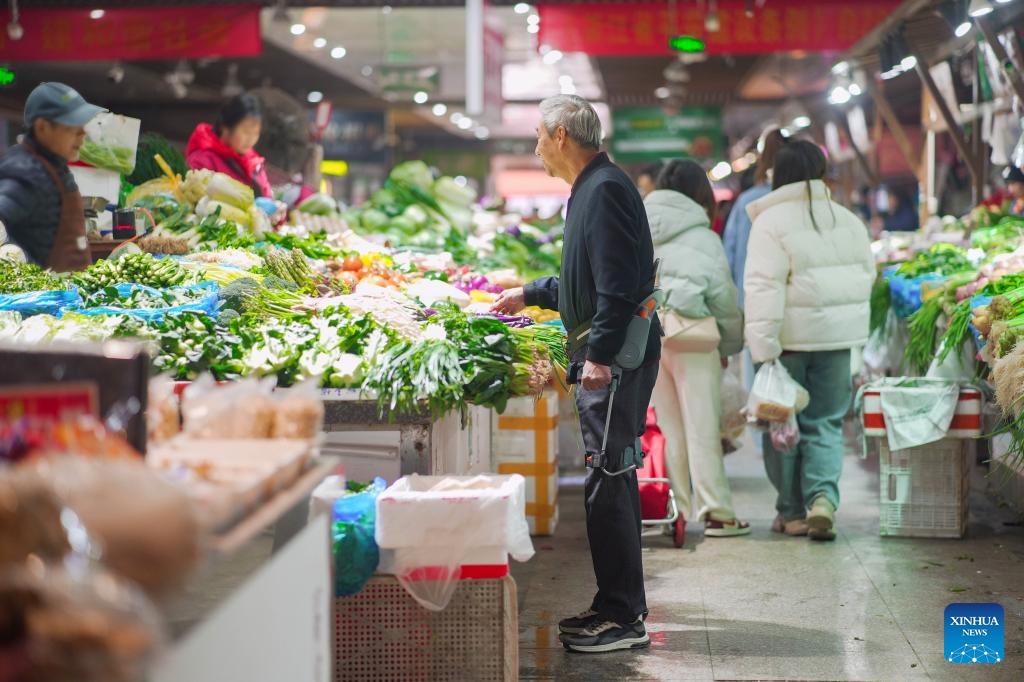Maoqiang Opera stages a revival
Traditional folk art poised for encore with increasing support, An Baijie reports in Rizhao, Shandong.
By AN BAIJIE | China Daily | Updated: 2024-06-15 09:08

Mo Yan, who won the 2012 Nobel Prize in Literature, grew up watching Maoqiang Opera in his hometown in Shandong province, and even featured the traditional folk art in one of his novels.
"It was so popular in the 1950s and '60s that when a troupe came to my village, everyone would stop everything and rush to secure a seat. If a famous performer was due, the show would sell out many days in advance," Mo told a session of national political advisers in 2015.
Maoqiang Opera developed from local folk songs and first gained popularity in the 1860s. It originated in the Jiaozhou area of the Jiaodong Peninsula in East China. As it developed, it absorbed arias and local art forms, such as the flower drum dance and the yangko (a popular folk dance).
In 2006, Maoqiang Opera was included on the national intangible cultural heritage list. Mo Yan's novel, Sandalwood Death, is written in the Maoqiang Opera style and an English translation was published in 2013.
Over the past century, the art form has faced challenges including shrinking audiences, a dearth of performers from the younger generation, and a shortage of public funds.
But things are looking up under nationwide measures to revive the traditional arts — Maoqiang Opera itself is gaining new momentum in line with sustainable development in Shandong's Wulian county, with support from the public and private sectors.
























